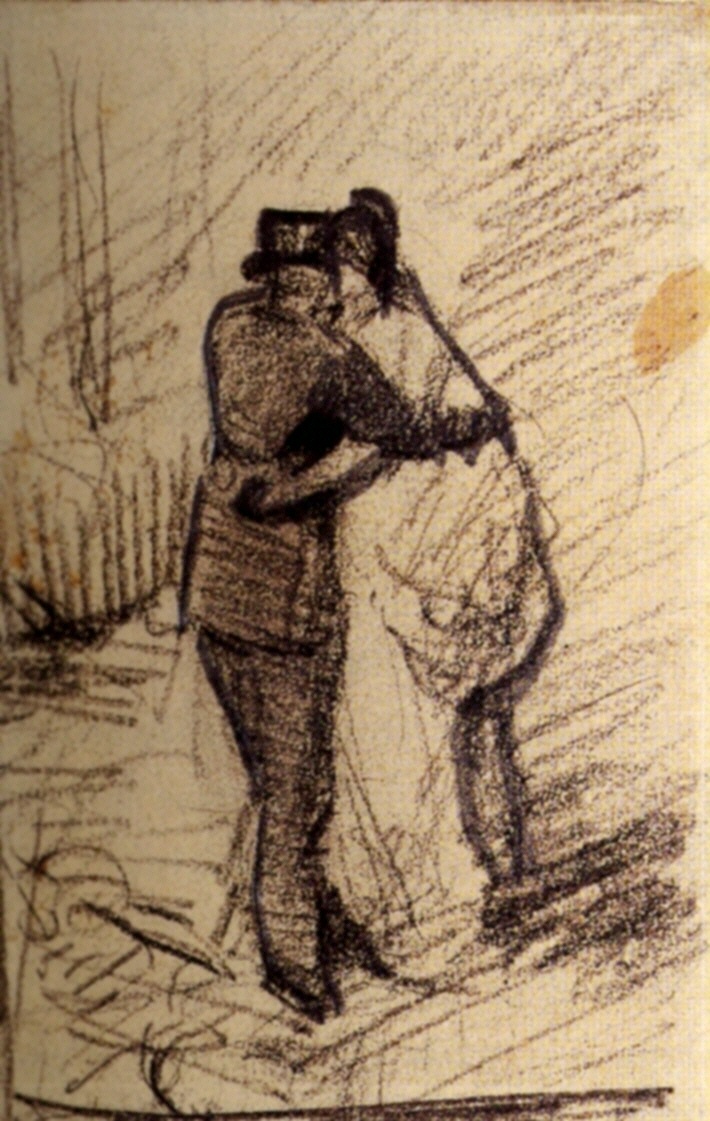“Still Life With Profile Of Laval”, painted in Paris in late 1886, is an artwork by Paul Gauguin that depicts his friend Charles Laval in profile amidst an assortment of inanimate objects. The painting incorporates a ceramic pot art piece made by Gauguin himself. It reflects Gauguin’s admiration for the off-center, cropped compositions of Edgar Degas.
Charles Laval was a Synthetic painter who was well-known for being associated with the famous Pont-Aven School. The painting is an unusual image, with Laval examining objects that are placed on the table.























